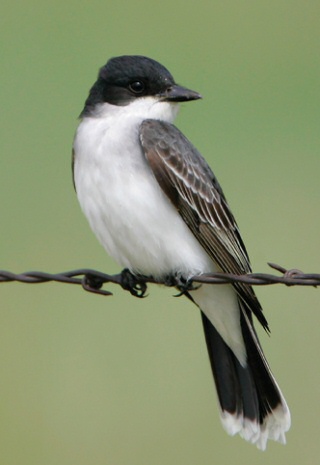145 Ruckman Road, Closter, NJ
Phone: (201) 750-2778
www.closternaturecenter.org
Closter Nature Center Association
Exit Demarest Nature Center bearing Right, pass over wooden bridge and stay Left. Turn Left onto Hardenburgh Avenue. Turn Left at 1st traffic light onto County Road. Bear Right and County Road becomes Piermont Road. Turn Left at the 3rd traffic light onto Ruckman Road. After 3/10 of a mile turn Left into Closter Nature Center parking lot. Map
Rockland Coaches Bus Lines No. 20 from 41st Street, NYC and No. 84 from 178th Street, NYC stop at Old Closter Dock Road and Herbert Avenue. Walk down Herbert Avenue to Homans Avenue and turn Right. Walk 1 block to Oakland Avenue and cross Homans Avenue (to your left). Walk straight up Ruckland Road (Oakland becomes Ruckland when it crosses Homans) to CNC which is on the right. Walking distance less than 1 mile.
The Nature Center is divided by Ruckman Road, with the cabin, ponds and about 30 acres on one side and the extensive
forest/stream trail system starting on the other side of the road. The rustic central “White Trail” begins directly across from the pond, 50 yards south of the parking lot.
 |
| Eastern Kingbird | Scott Elowitz |
| |
| | Enjoy exploring this 136-acre natural gem in suburban Bergen County. The variety of habitats allows you to search for many different birds, reptiles, amphibians, mammals and an endless array of insects. The large, open pond attracts wading herons, Belted Kingfishers, and basking water snakes. To the east of the main pond, a second, smaller, tree-lined pond is home to turtles, frogs and the wary-but-beautiful Wood Duck. The woodlands offer varied habitats, one highlight being the red maple swamp forest where muskrat, white-tailed deer and common raccoon often work their way along the stream banks. To the south lies an extensive beech forest where white-tailed deer and gray squirrels feast on fallen nuts, and salamanders lurk beneath the logs. An upland forest area to the north features an extensive understory of ferns. Take time to linger and watch natural events unfold.
Don’t miss the shaded pond just east of the cabin. Its plant-dotted, shallow waters are home to numerous frogs, turtles and dragonflies. Many birds also forage in the area.
A winter day with snowfall is wonderful for tracking footprints or wingprints, which are evidence of often unseen animals, such as white-tailed deer, red fox, coyote, and Wild Turkey. Downy, Hairy and Red-bellied Woodpeckers are frequently heard and seen. Common winter birds, such as Tufted Titmouse, Black-capped Chickadee, Dark-eyed Junco and Northern Cardinal gather at the Center’s feeders. Winter is the best time to study birds’ empty nests, revealed and approachable in the low, leafless shrubs along the trails or out in the frozen swamps.
In March, striking skunk cabbage flowers provide the first meal stops for early-emerging flies and bees. Spring peepers call and muskrat and woodchuck begin to appear in search of food. But the real action begins in late April into May as snakes emerge to bask, turtles and frogs stake out spots along the ponds’ edge, and the impressive warbler migration begins. Warblers frequently spotted are Common Yellowthroat, Ovenbird, Yellow-rumped, Northern Parula, Blue-winged, Black-and-white, Magnolia, Yellow, Black-throated Green, Black-throated Blue and Palm.
The warblers that remain to nest are joined by Baltimore Oriole, Scarlet Tanager, Veery, Red-eyed Vireo, and Wood Thrush. A good variety of wading birds, such as Great Blue Heron, Black-crowned Night-Heron, Green Heron and Great Egret are seen almost daily around the ponds and streams along with Belted Kingfisher and Eastern Kingbird. Snapping turtles, water snakes, and garter snakes are quite active this time of the year.
The red-maple swamp forest is a colorful treat for walkers in the fall, especially as red and gold leaves reflect in the water of the pond. For the patient observer, the open ground around the cabin and pond allows for clear views of the hawks passing in migration over the Hudson Palisades to the east. Flashy dragonflies are at their peak in September, while a huge variety of insects search the flowers along the ponds’ edge for food. All the summer animals continue to be active well into October and the fall warbler migration allows for another chance to enjoy these delightful, albeit less colorful, birds.
|